Digestive System Kazakh National Medical University named after

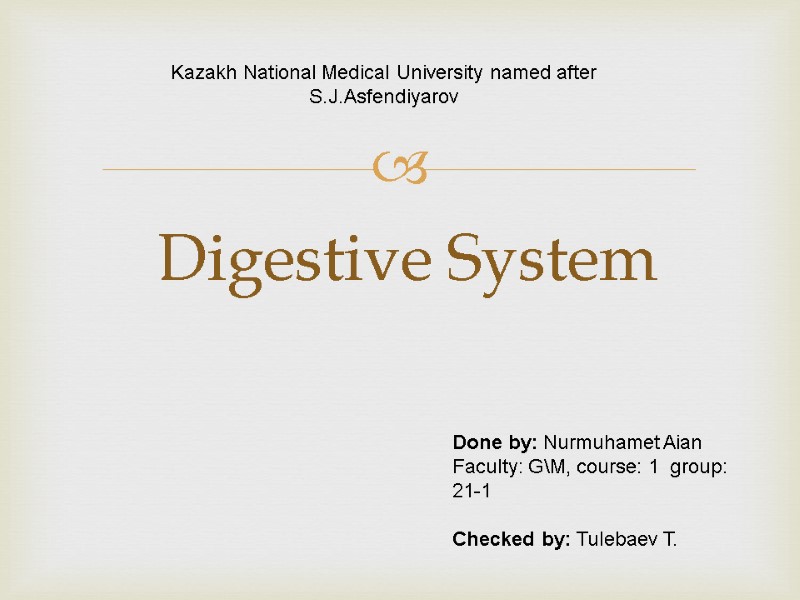
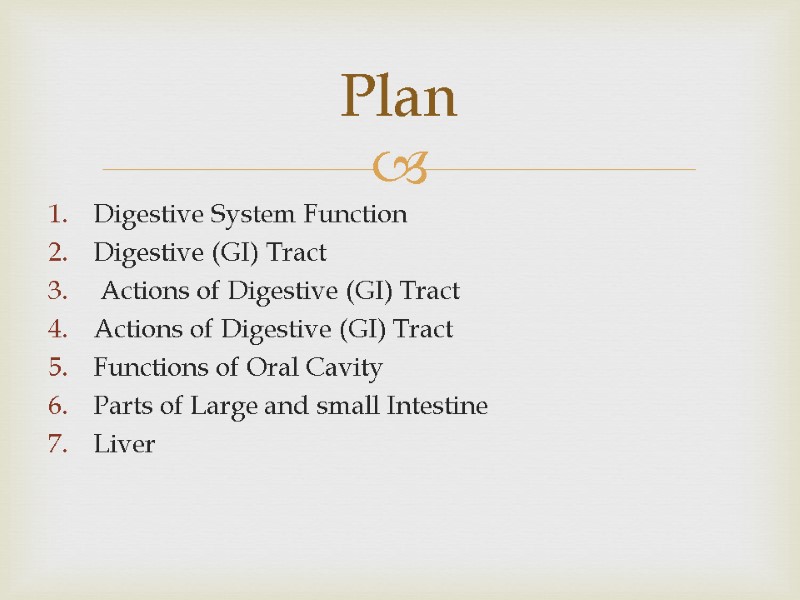
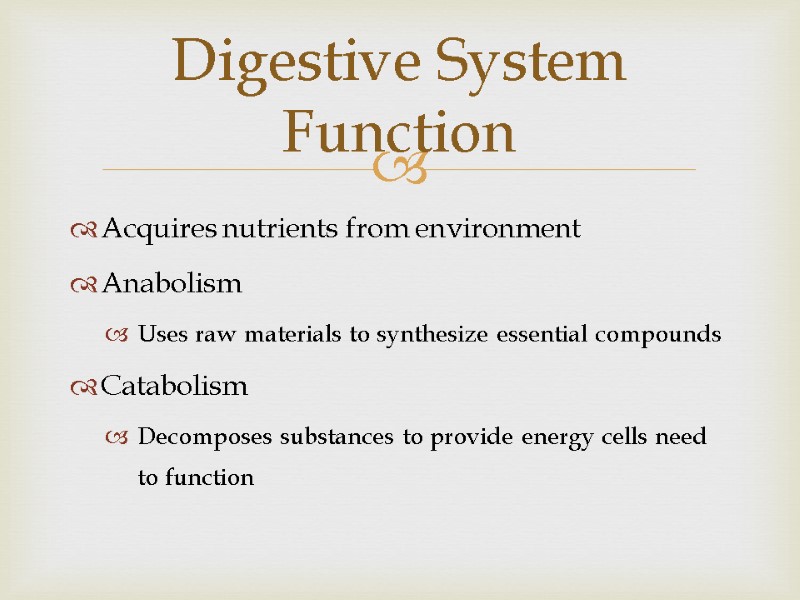
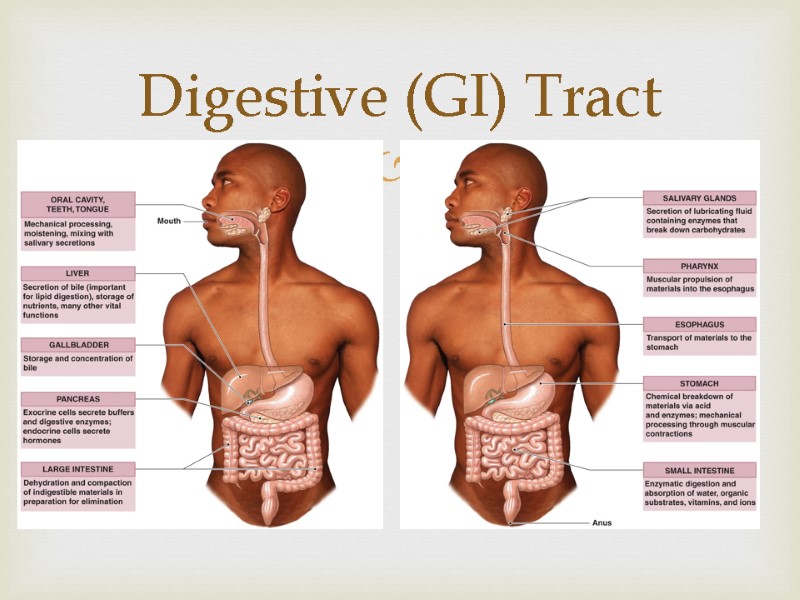
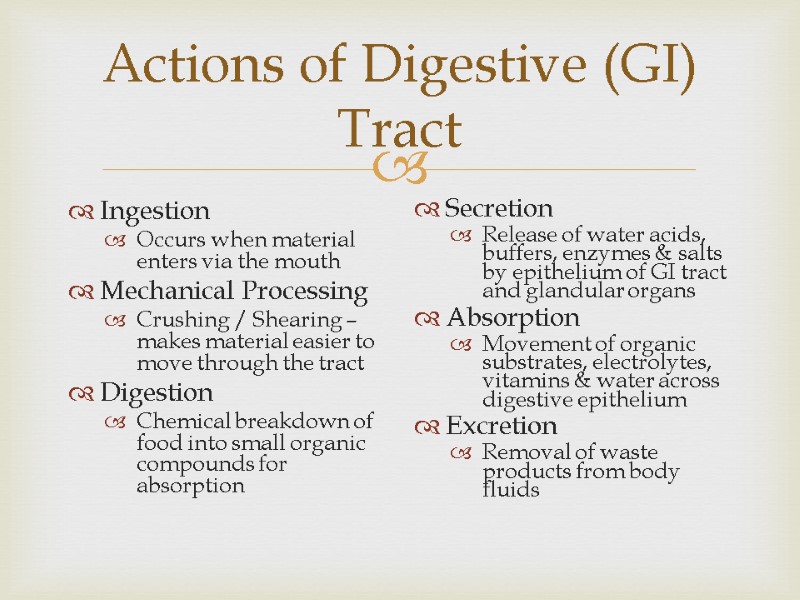
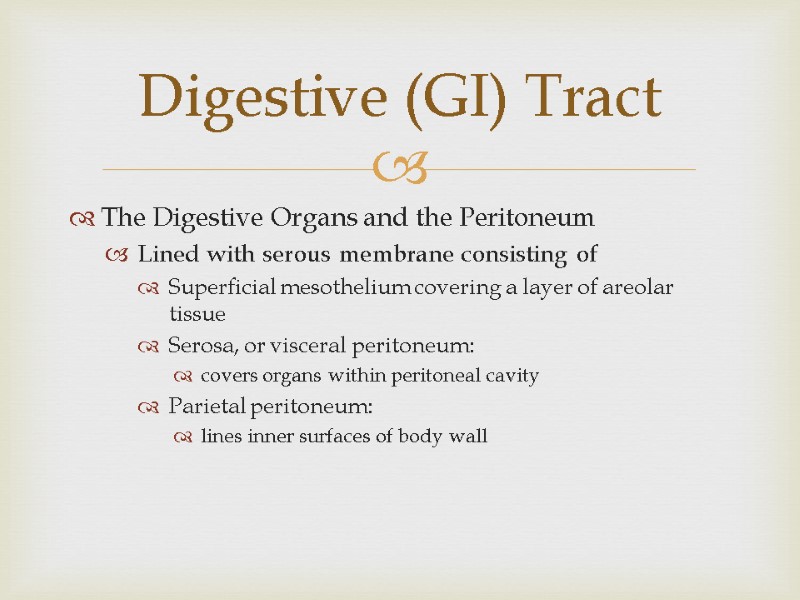
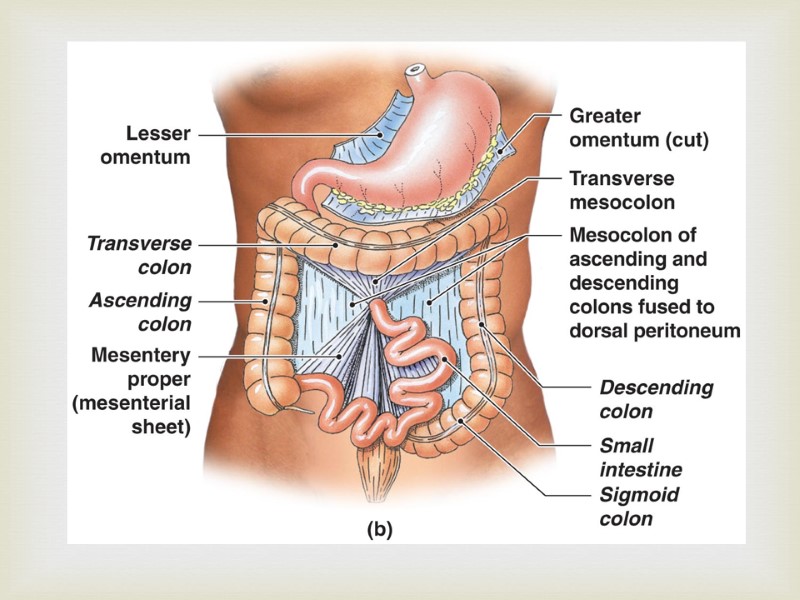
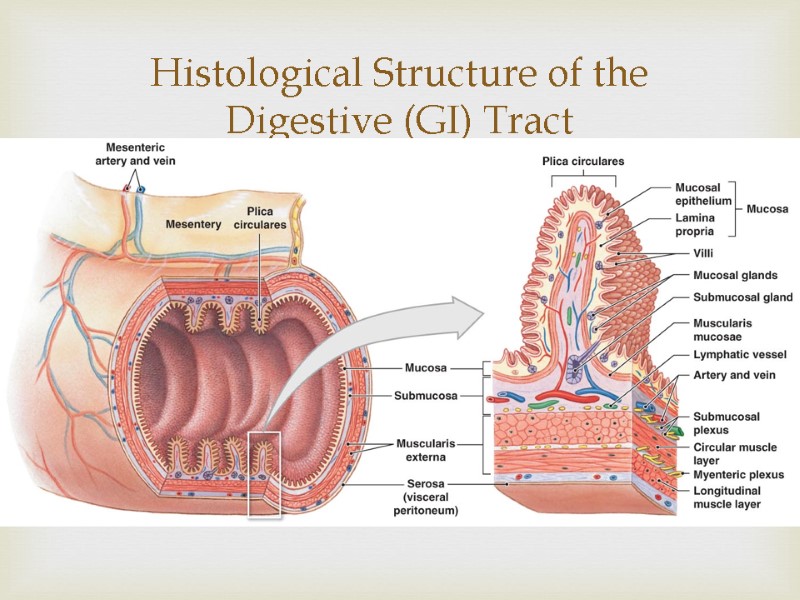
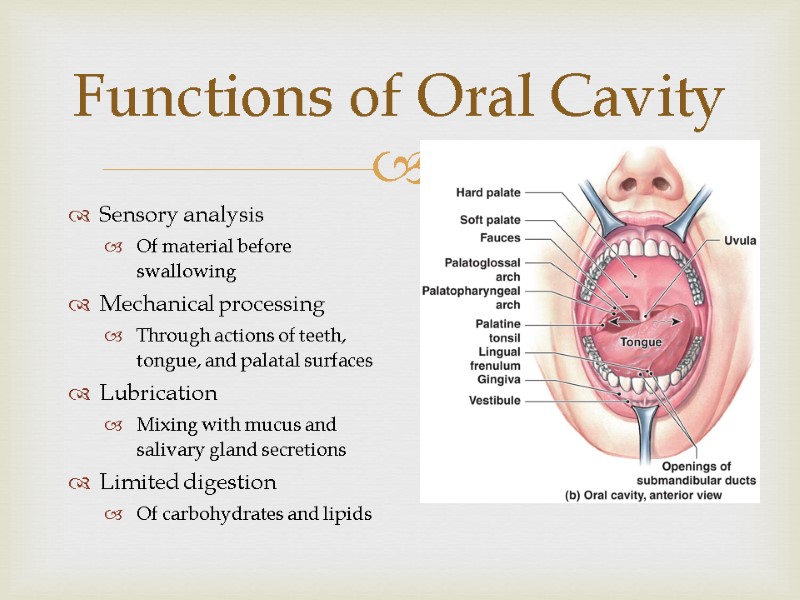
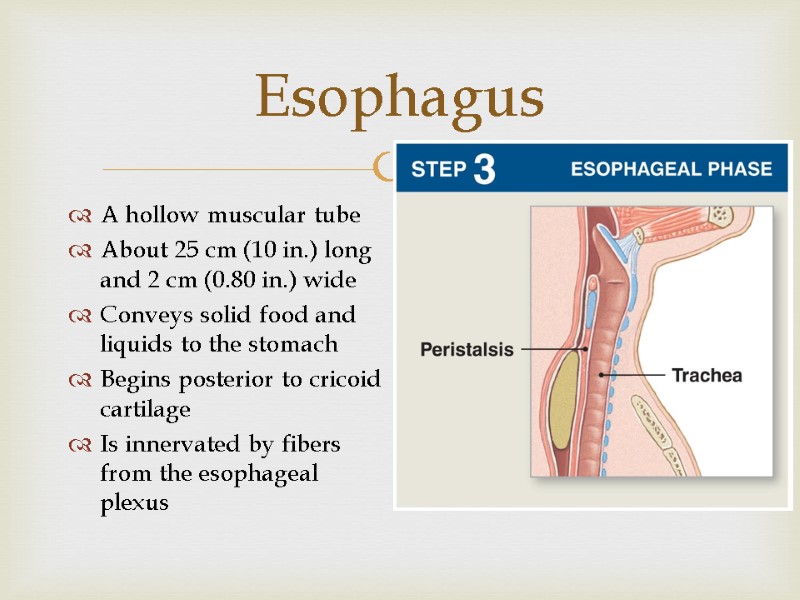
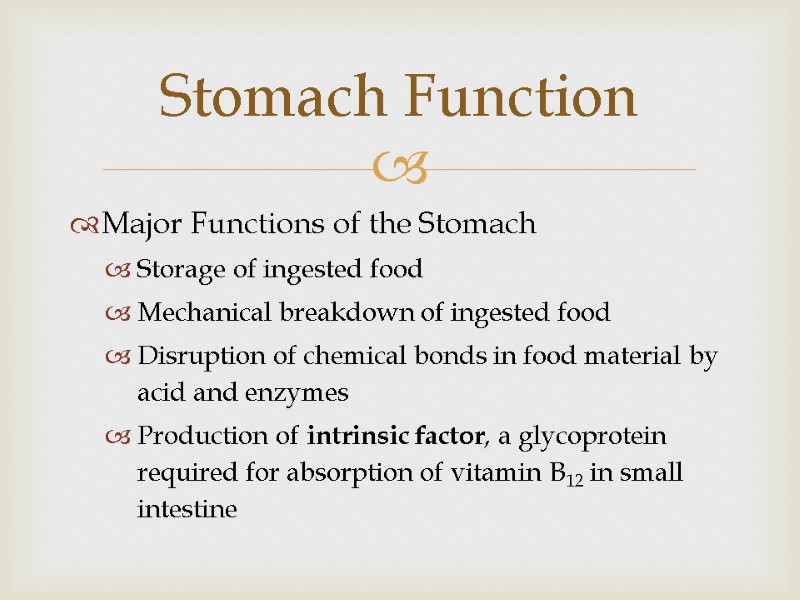
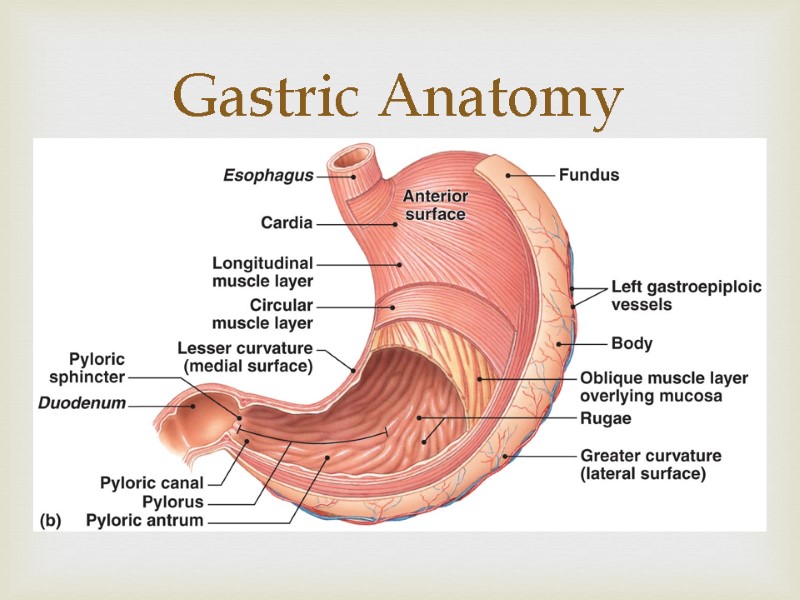
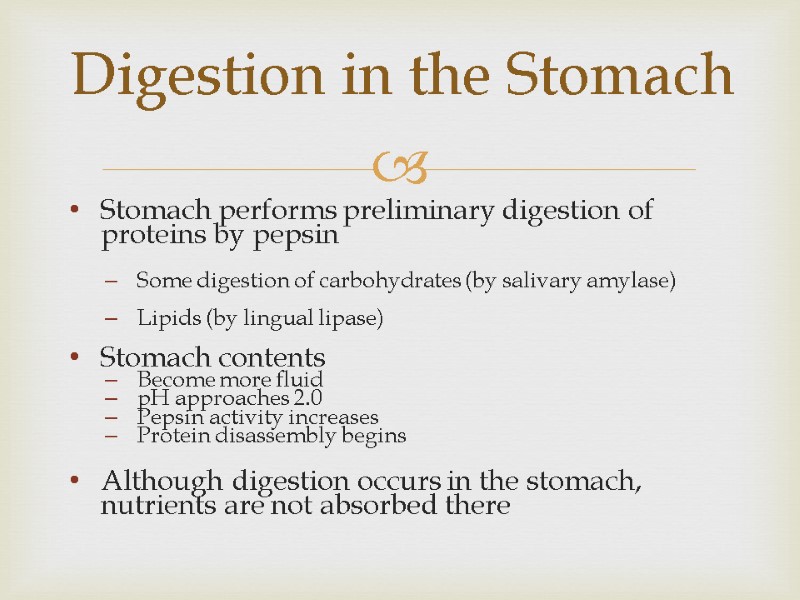
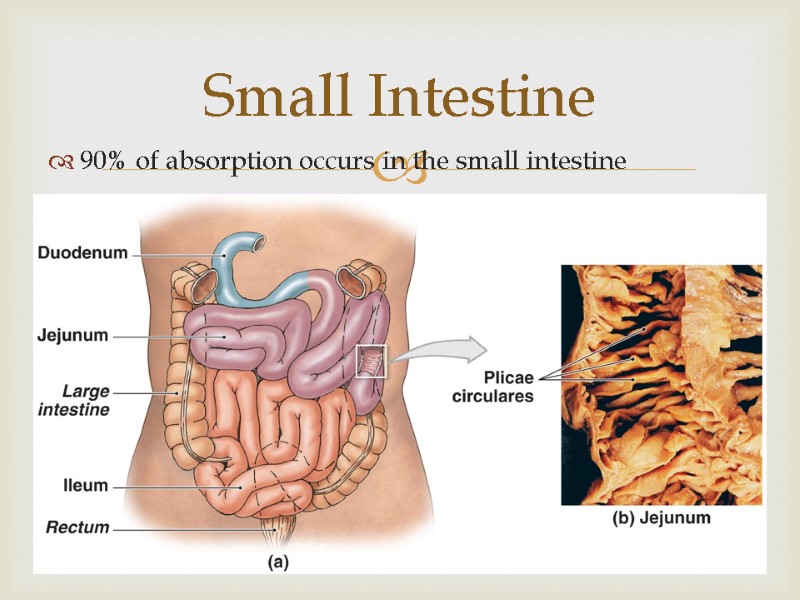
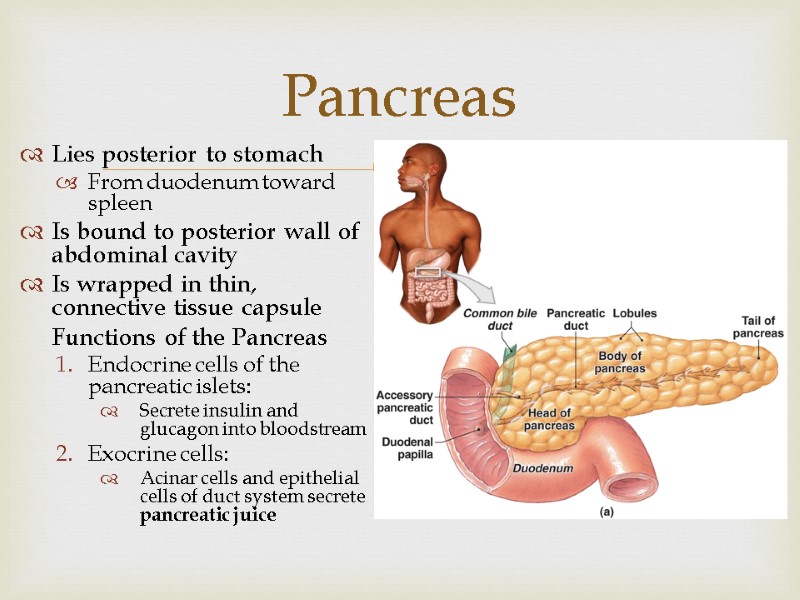
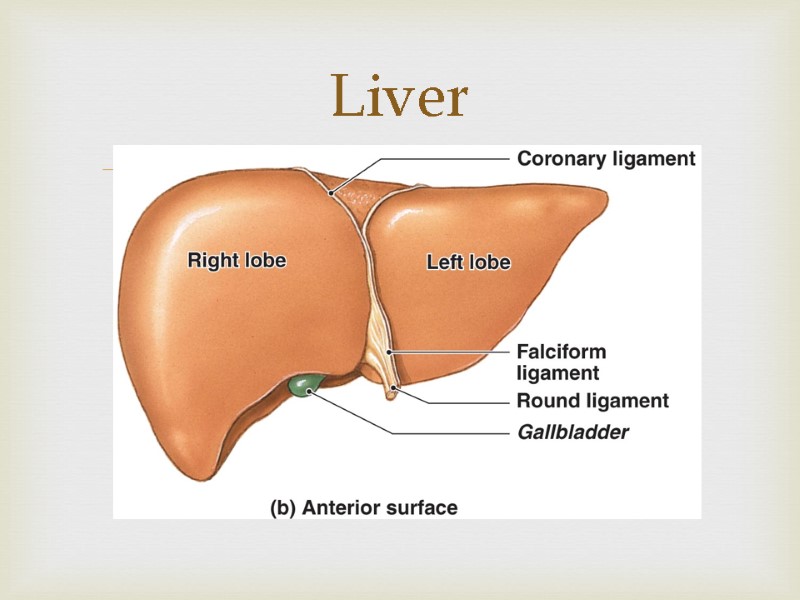
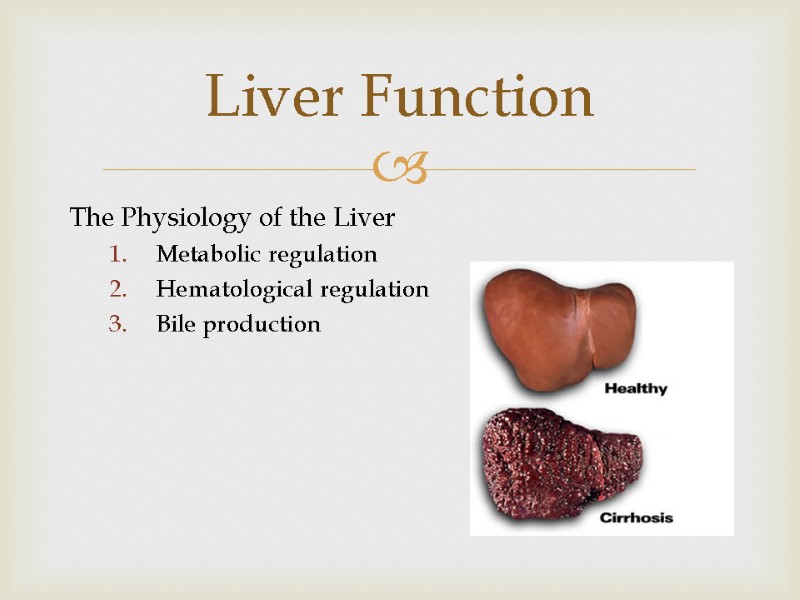
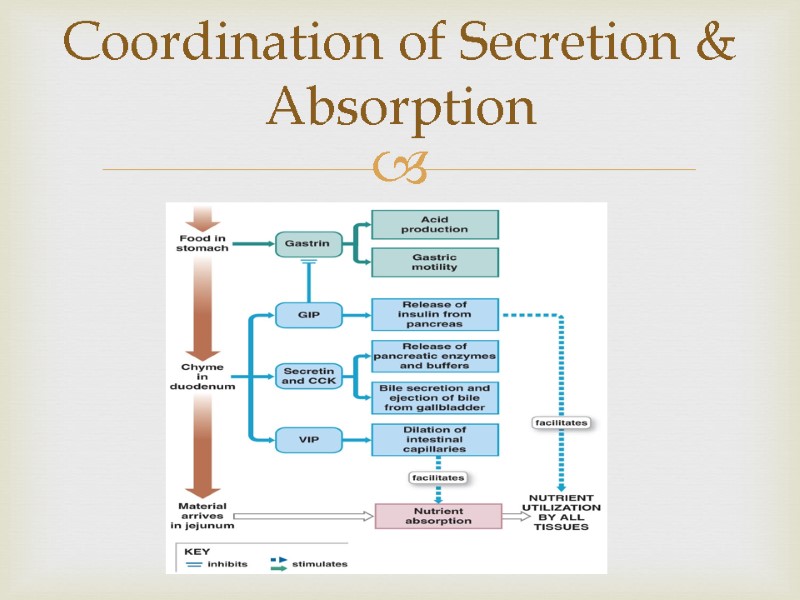
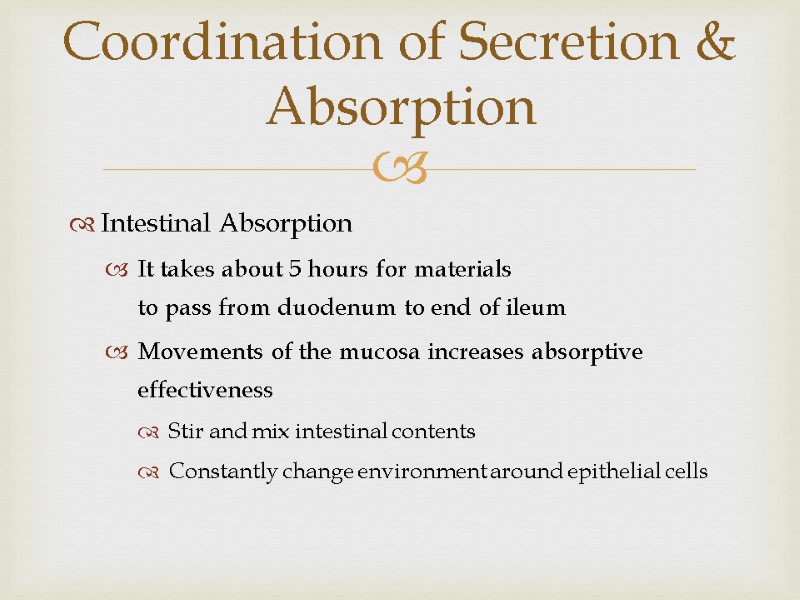
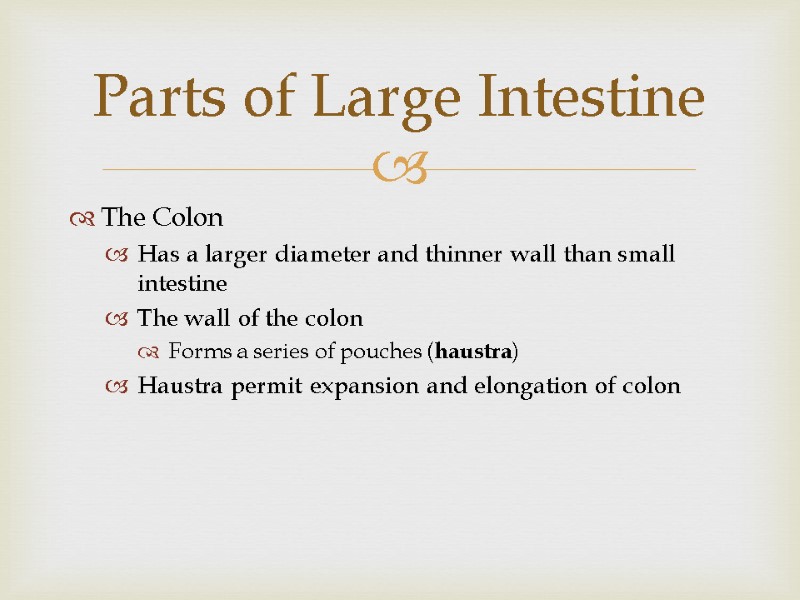

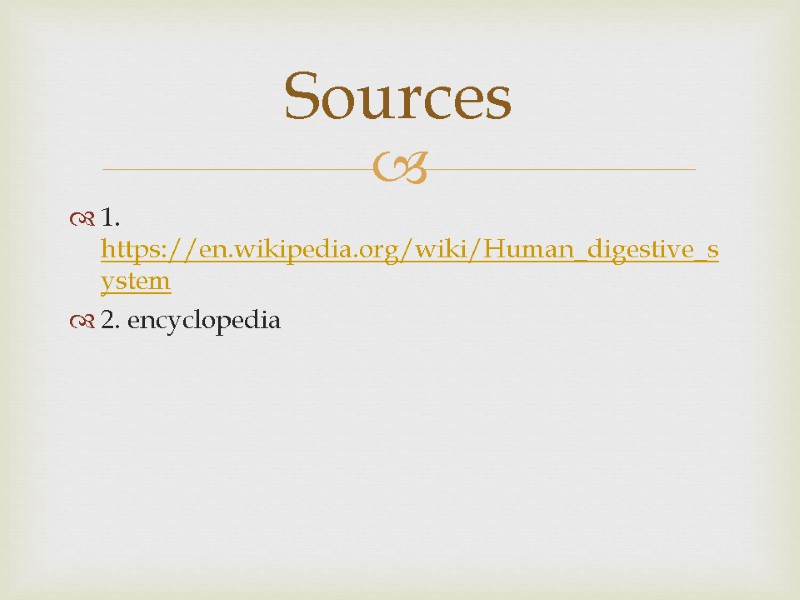

9818-digestive_system.ppt
- Количество слайдов: 23
 Digestive System Kazakh National Medical University named after S.J.Asfendiyarov Done by: Nurmuhamet Aian Faculty: G\M, course: 1 group: 21-1 Checked by: Tulebaev T.
Digestive System Kazakh National Medical University named after S.J.Asfendiyarov Done by: Nurmuhamet Aian Faculty: G\M, course: 1 group: 21-1 Checked by: Tulebaev T.
 Digestive System Function Digestive (GI) Tract Actions of Digestive (GI) Tract Actions of Digestive (GI) Tract Functions of Oral Cavity Parts of Large and small Intestine Liver Plan
Digestive System Function Digestive (GI) Tract Actions of Digestive (GI) Tract Actions of Digestive (GI) Tract Functions of Oral Cavity Parts of Large and small Intestine Liver Plan
 Acquires nutrients from environment Anabolism Uses raw materials to synthesize essential compounds Catabolism Decomposes substances to provide energy cells need to function Digestive System Function
Acquires nutrients from environment Anabolism Uses raw materials to synthesize essential compounds Catabolism Decomposes substances to provide energy cells need to function Digestive System Function
 Digestive (GI) Tract
Digestive (GI) Tract
 Actions of Digestive (GI) Tract Ingestion Occurs when material enters via the mouth Mechanical Processing Crushing / Shearing – makes material easier to move through the tract Digestion Chemical breakdown of food into small organic compounds for absorption Secretion Release of water acids, buffers, enzymes & salts by epithelium of GI tract and glandular organs Absorption Movement of organic substrates, electrolytes, vitamins & water across digestive epithelium Excretion Removal of waste products from body fluids
Actions of Digestive (GI) Tract Ingestion Occurs when material enters via the mouth Mechanical Processing Crushing / Shearing – makes material easier to move through the tract Digestion Chemical breakdown of food into small organic compounds for absorption Secretion Release of water acids, buffers, enzymes & salts by epithelium of GI tract and glandular organs Absorption Movement of organic substrates, electrolytes, vitamins & water across digestive epithelium Excretion Removal of waste products from body fluids
 The Digestive Organs and the Peritoneum Lined with serous membrane consisting of Superficial mesothelium covering a layer of areolar tissue Serosa, or visceral peritoneum: covers organs within peritoneal cavity Parietal peritoneum: lines inner surfaces of body wall Digestive (GI) Tract
The Digestive Organs and the Peritoneum Lined with serous membrane consisting of Superficial mesothelium covering a layer of areolar tissue Serosa, or visceral peritoneum: covers organs within peritoneal cavity Parietal peritoneum: lines inner surfaces of body wall Digestive (GI) Tract

 Histological Structure of the Digestive (GI) Tract
Histological Structure of the Digestive (GI) Tract
 Functions of Oral Cavity Sensory analysis Of material before swallowing Mechanical processing Through actions of teeth, tongue, and palatal surfaces Lubrication Mixing with mucus and salivary gland secretions Limited digestion Of carbohydrates and lipids
Functions of Oral Cavity Sensory analysis Of material before swallowing Mechanical processing Through actions of teeth, tongue, and palatal surfaces Lubrication Mixing with mucus and salivary gland secretions Limited digestion Of carbohydrates and lipids
 Esophagus A hollow muscular tube About 25 cm (10 in.) long and 2 cm (0.80 in.) wide Conveys solid food and liquids to the stomach Begins posterior to cricoid cartilage Is innervated by fibers from the esophageal plexus
Esophagus A hollow muscular tube About 25 cm (10 in.) long and 2 cm (0.80 in.) wide Conveys solid food and liquids to the stomach Begins posterior to cricoid cartilage Is innervated by fibers from the esophageal plexus
 Major Functions of the Stomach Storage of ingested food Mechanical breakdown of ingested food Disruption of chemical bonds in food material by acid and enzymes Production of intrinsic factor, a glycoprotein required for absorption of vitamin B12 in small intestine Stomach Function
Major Functions of the Stomach Storage of ingested food Mechanical breakdown of ingested food Disruption of chemical bonds in food material by acid and enzymes Production of intrinsic factor, a glycoprotein required for absorption of vitamin B12 in small intestine Stomach Function
 Gastric Anatomy
Gastric Anatomy
 Stomach performs preliminary digestion of proteins by pepsin Some digestion of carbohydrates (by salivary amylase) Lipids (by lingual lipase) Stomach contents Become more fluid pH approaches 2.0 Pepsin activity increases Protein disassembly begins Although digestion occurs in the stomach, nutrients are not absorbed there Digestion in the Stomach
Stomach performs preliminary digestion of proteins by pepsin Some digestion of carbohydrates (by salivary amylase) Lipids (by lingual lipase) Stomach contents Become more fluid pH approaches 2.0 Pepsin activity increases Protein disassembly begins Although digestion occurs in the stomach, nutrients are not absorbed there Digestion in the Stomach
 Small Intestine 90% of absorption occurs in the small intestine
Small Intestine 90% of absorption occurs in the small intestine
 Lies posterior to stomach From duodenum toward spleen Is bound to posterior wall of abdominal cavity Is wrapped in thin, connective tissue capsule Functions of the Pancreas Endocrine cells of the pancreatic islets: Secrete insulin and glucagon into bloodstream Exocrine cells: Acinar cells and epithelial cells of duct system secrete pancreatic juice Pancreas
Lies posterior to stomach From duodenum toward spleen Is bound to posterior wall of abdominal cavity Is wrapped in thin, connective tissue capsule Functions of the Pancreas Endocrine cells of the pancreatic islets: Secrete insulin and glucagon into bloodstream Exocrine cells: Acinar cells and epithelial cells of duct system secrete pancreatic juice Pancreas
 Liver
Liver
 The Physiology of the Liver Metabolic regulation Hematological regulation Bile production Liver Function
The Physiology of the Liver Metabolic regulation Hematological regulation Bile production Liver Function
 Coordination of Secretion & Absorption
Coordination of Secretion & Absorption
 Intestinal Absorption It takes about 5 hours for materials to pass from duodenum to end of ileum Movements of the mucosa increases absorptive effectiveness Stir and mix intestinal contents Constantly change environment around epithelial cells Coordination of Secretion & Absorption
Intestinal Absorption It takes about 5 hours for materials to pass from duodenum to end of ileum Movements of the mucosa increases absorptive effectiveness Stir and mix intestinal contents Constantly change environment around epithelial cells Coordination of Secretion & Absorption
 The Colon Has a larger diameter and thinner wall than small intestine The wall of the colon Forms a series of pouches (haustra) Haustra permit expansion and elongation of colon Parts of Large Intestine
The Colon Has a larger diameter and thinner wall than small intestine The wall of the colon Forms a series of pouches (haustra) Haustra permit expansion and elongation of colon Parts of Large Intestine
 The Rectum Forms last 15 cm (6 in.) of digestive tract Is an expandable organ for temporary storage of feces Movement of fecal material into rectum triggers urge to defecate The anal canal is the last portion of the rectum Contains small longitudinal folds called anal columns Anus Also called anal orifice Is exit of the anal canal Has keratinized epidermis like skin Parts of Large Intestine
The Rectum Forms last 15 cm (6 in.) of digestive tract Is an expandable organ for temporary storage of feces Movement of fecal material into rectum triggers urge to defecate The anal canal is the last portion of the rectum Contains small longitudinal folds called anal columns Anus Also called anal orifice Is exit of the anal canal Has keratinized epidermis like skin Parts of Large Intestine
 1. https://en.wikipedia.org/wiki/Human_digestive_system 2. encyclopedia Sources
1. https://en.wikipedia.org/wiki/Human_digestive_system 2. encyclopedia Sources


